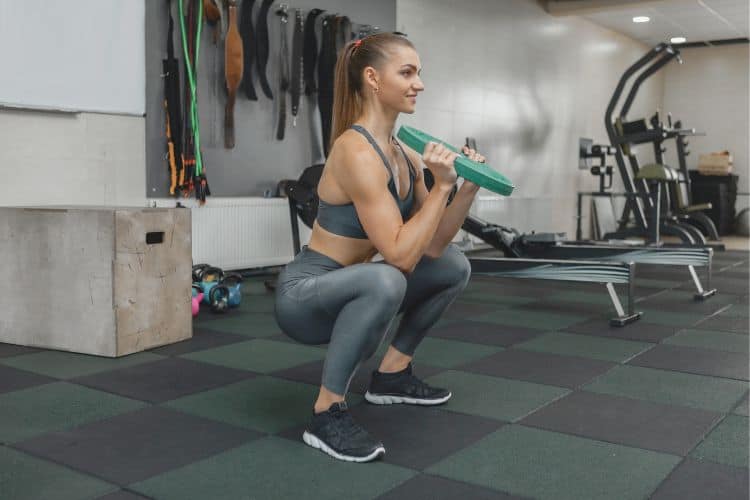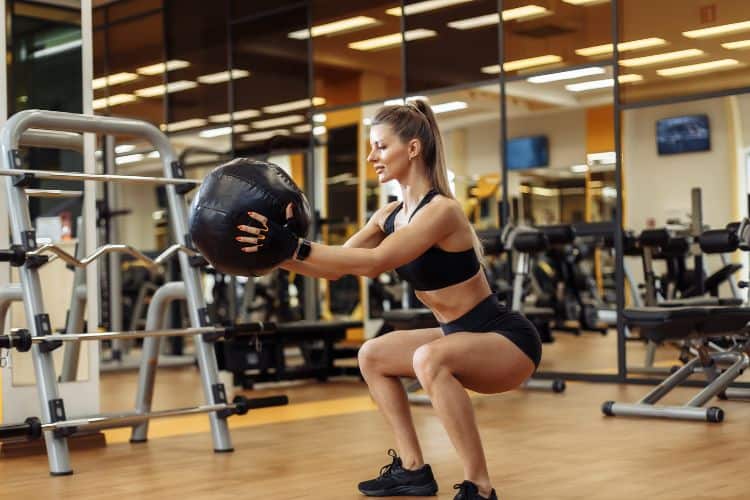Sign up for workout ideas, training advice, reviews of the latest gear and more.






High-Intensity Interval Training (HIIT) has become one of the most effective and time-efficient ways to get in shape. With just 30 minutes, you can torch calories, strengthen every major muscle group, and elevate your metabolism long after the workout is over. Whether you’re looking to lose weight, tone your body, or improve cardiovascular health, this 30-minute full body HIIT workout delivers results you can see and feel.
In this guide, we’ll cover what HIIT is, its benefits, how to prepare, and a detailed workout plan you can follow at home or in the gym. Let’s get started.
HIIT, or High-Intensity Interval Training, is a workout method that alternates short bursts of intense exercise with brief periods of rest or active recovery. Unlike steady-state cardio, HIIT pushes your body into maximum effort, creating an afterburn effect known as EPOC (Excess Post-Exercise Oxygen Consumption). This means your body continues to burn calories for hours after your workout ends.
Before diving into the workout plan, here are the main reasons HIIT is so popular and effective:
HIIT is known for its efficiency. In just 30 minutes, you can burn as many calories as a 60-minute jog.
The afterburn effect keeps your metabolism elevated, which helps with fat loss and long-term weight management.
A full-body HIIT workout combines cardio with strength-based moves, giving you both muscle growth and endurance.
HIIT has been shown to improve cardiovascular fitness, lower blood pressure, and strengthen the heart.
This workout can be done with bodyweight alone, making it accessible to anyone, anywhere.
Preparation is key to success and injury prevention.
Start with a dynamic warm-up to activate muscles and increase blood flow:
For this workout, you can stick to bodyweight, but having a mat, water bottle, and timer will help. If you want to level up, keep a set of dumbbells nearby.
This workout is structured into 6 circuits. Each circuit contains 2 exercises: one strength-focused and one cardio-intensive. Perform each move for 40 seconds, rest for 20 seconds, and complete 3 rounds per circuit before moving on.
Don’t skip recovery—it’s crucial for flexibility and preventing soreness. Spend 5 minutes stretching:
Even with its benefits, HIIT can backfire if done incorrectly. Avoid these errors:
Thirty minutes is the sweet spot: long enough to challenge your body but short enough to fit into a busy lifestyle. Research shows that 20–30 minutes of HIIT, 3–4 times per week, is as effective as much longer traditional workouts for improving fitness and burning fat.
Here’s how you can structure your training week:
Your results don’t just depend on the workout. Nutrition fuels performance and recovery.
Eat a light meal or snack with complex carbs and protein 1–2 hours before:
Refuel within 45 minutes:
Yes, simply reduce the intensity and modify exercises (e.g., step burpees instead of jump burpees).
On average, 300–500 calories depending on intensity, body weight, and effort level.
3–4 sessions per week is ideal. More than 5 may lead to overtraining.
No, bodyweight is enough, but adding dumbbells or resistance bands can increase challenge.
This 30-minute full body HIIT workout proves that you don’t need hours at the gym to get results. By combining strength and cardio moves into efficient intervals, you’ll build muscle, improve endurance, and burn fat—all in under half an hour.
The key to success is consistency, intensity, and proper recovery. Commit to this routine 3–4 times per week, fuel your body with nutritious foods, and you’ll notice improvements in energy, strength, and body composition in just a few weeks.
Start today and transform your fitness journey with HIIT!
Want more workout and video guide?
Follow us on Pinterest, Facebook, and Subscribe to our Newsletter and Stay tuned for FREE downloads of our App coming soon!
Stay up to date on the latest women’s health, fitness and lifestyle trends and tips.